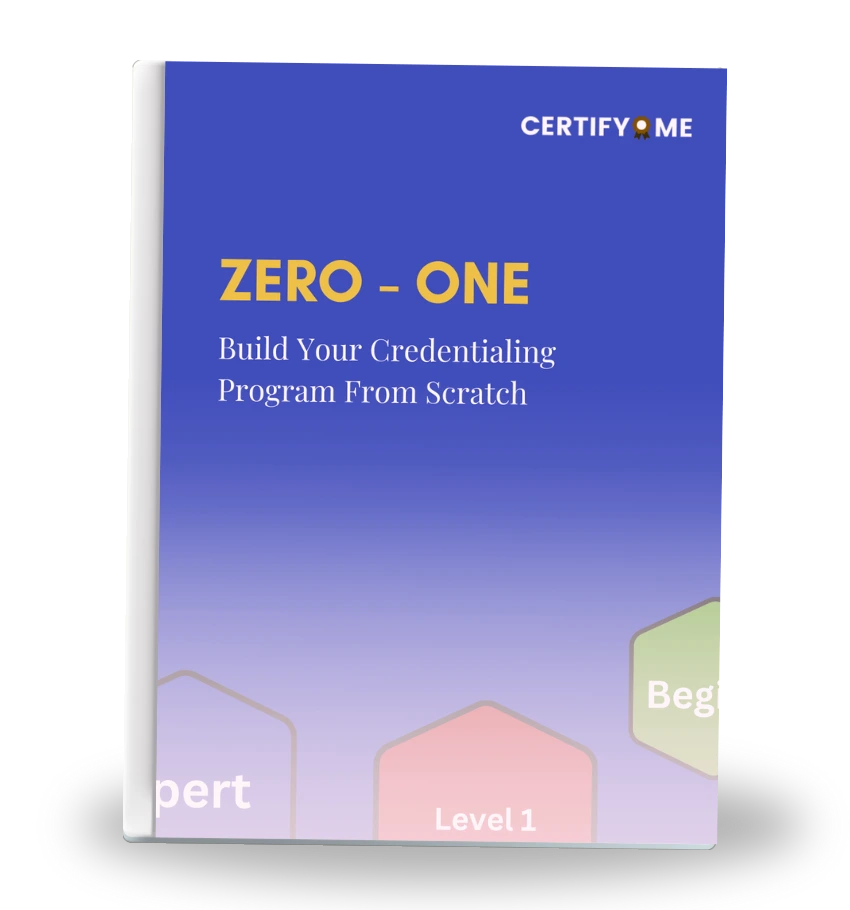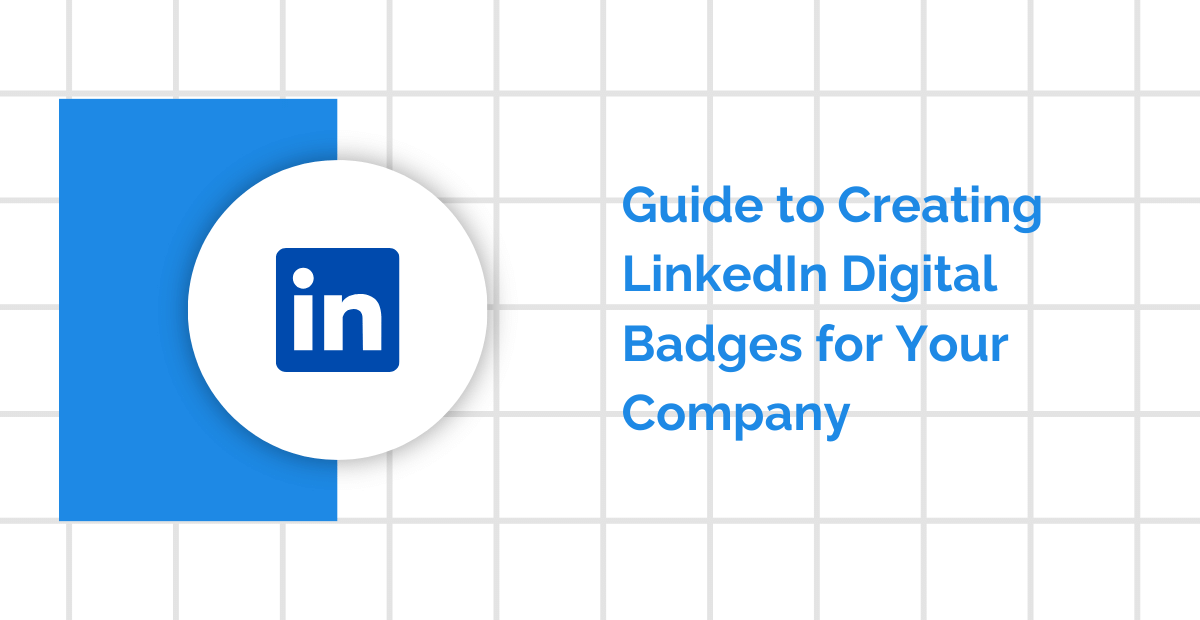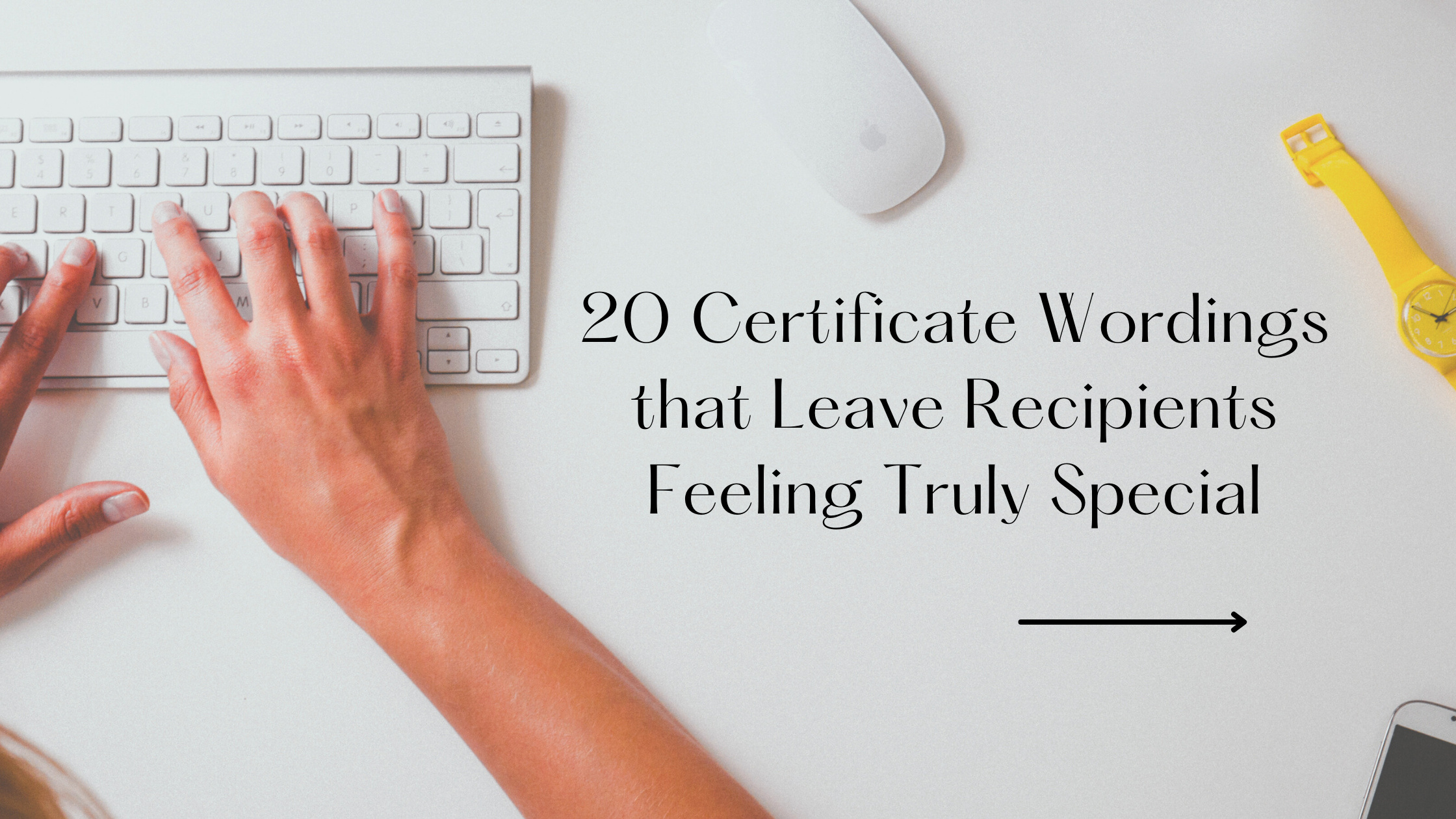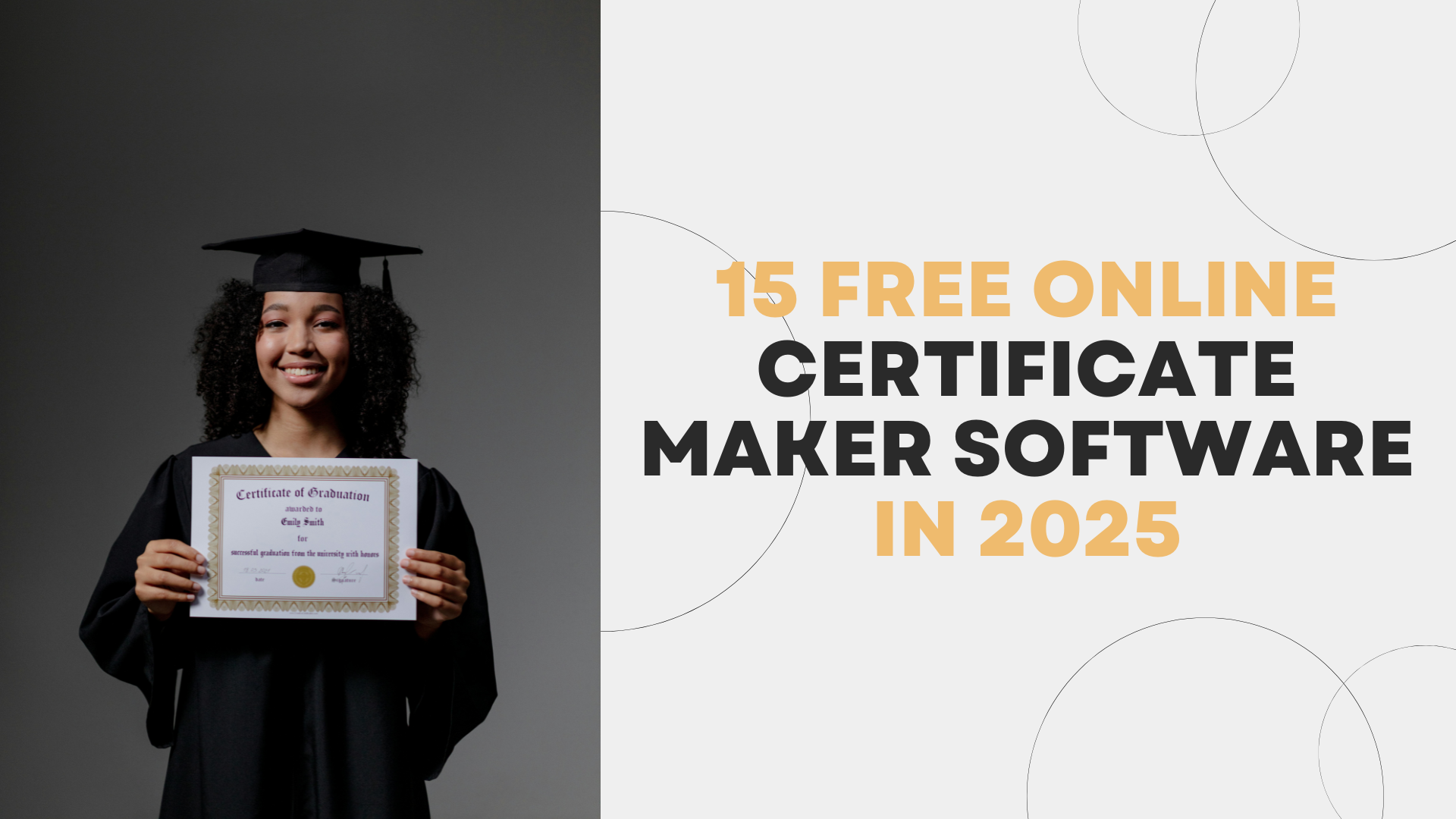Remember those embroidered patches or shiny stickers you earned as a kid for finishing a reading challenge or mastering the monkey bars? Now imagine those, but made for the digital world—visual markers of your progress and skills that can be shared, verified, and stored forever.
That’s what digital open badges are all about—simple in appearance, but packed with meaning and structure.
In today’s digital-first world, it’s not just degrees or certificates that matter. Employers, peers, and institutions are increasingly interested in the small wins—the specific things you know how to do. This blog breaks down what digital open badges are, how they work, and why they’re quickly becoming a trusted way to represent your abilities online.
So, What Exactly Is a Digital Open Badge?
A digital open badge is more than just a cool image you stick on your online profile. Sure, it looks like a badge—often a circular or square icon—but hidden inside is metadata that tells a full story.
Each badge includes details like:
- Who issued it
- What skill or achievement it represents
- When it was earned
- What criteria were met to earn it
Think of it as a clickable certificate. One that doesn’t just say “congrats” but shows how, when, and why you earned it—instantly verifiable by anyone who sees it.
It’s like turning your accomplishments into bite-sized, shareable, and trustworthy credentials.
Let’s take an example: imagine you completed a workshop on teamwork skills during a student leadership training program. Instead of receiving a paper certificate (which might get lost or tossed), you receive a digital open badge. This badge, when clicked, opens a page showing the exact criteria you met, what activities you completed, and a short description from the program leader about your contribution.
Unlike traditional grades or transcripts, which often tell what you studied, open badges show how you demonstrated your abilities. Did you lead a team project? Complete an online training series? Build a website? Each of these could be tied to a specific badge.
The value lies in its clarity and credibility. Because the data lives inside the badge, there’s no need to dig through emails, PDFs, or explanations to prove your achievement. Employers, grad schools, or even colleagues can simply click and view the evidence directly.
These badges also support a growing movement toward skills-first learning. That means instead of just tracking what classes someone attended, we start tracking what they can actually do. Digital open badges help make those outcomes visible.
Another thing? They’re stackable. Over time, learners can build a portfolio of badges that show their progress in a particular area—communication, data analysis, leadership, technical skills. This not only helps them reflect on their own growth but gives others a richer, clearer view of their abilities.
In short, a digital open badge isn’t just a digital sticker—it’s a smart, verifiable record of real-world learning, packaged in a way that’s easy to share, store, and trust.
Further Reading : What is the Difference Between Digital Badges and Traditional Certificates
What Makes a Badge ‘Open’?
The word “open” might sound vague, but in badge lingo, it carries a very specific meaning—one that adds flexibility and freedom for both the badge earner and the badge viewer.
When a badge is open, it means that it’s designed to be:
- Easily shared across platforms and systems
- Interoperable with different technologies and institutions
- Not locked in to a single software provider or platform
This openness is critical. Why? Because it gives learners true ownership of their achievements. You don’t have to worry that your badge will disappear if you switch schools, graduate, or change platforms. It’s yours to keep, use, and display—forever.
Here’s how it plays out in real life: Let’s say you earn a digital badge through your university’s online learning portal. Because the badge follows open standards, you can download it to your digital wallet, share it on LinkedIn, embed it in your e-portfolio, or even attach it to a job application email. Wherever you go—internship, grad school, career fairs—your badge goes with you.
Unlike closed credentials (which might only show up inside a campus-specific portal), open badges are portable. They’re built on frameworks like the Open Badges standard (originally developed by Mozilla), which allows for consistent formatting, validation, and recognition across platforms. This standard is now managed by IMS Global, ensuring consistency and interoperability across systems.
This also helps employers. Instead of receiving a vague “leadership certificate” PDF with no context, they can click on a badge and see:
- Who issued it
- What the student did
- When it was awarded
- What the evaluation process was
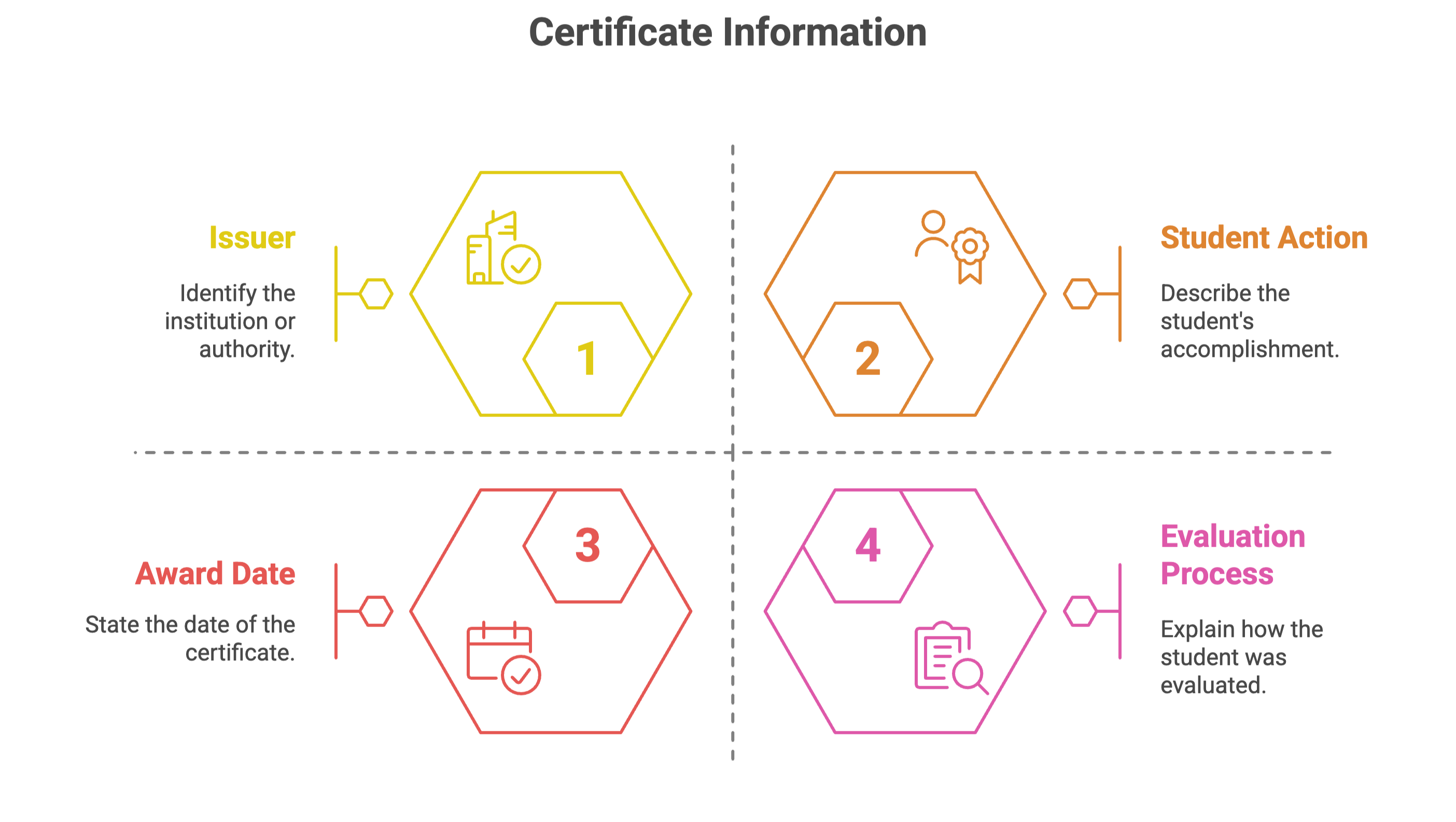
For administrators, issuing open badges means joining a broader ecosystem of recognition. Your institution’s badges won’t just be internal achievements—they become globally readable and verifiable credentials. Whether the badge is earned in a campus workshop or a third-party certification program, openness ensures it’s part of a learner’s lifelong portfolio.
There’s also equity in openness. Learners who don’t follow traditional paths—like non-degree seekers, working students, or online learners—can still showcase their learning in meaningful, verifiable ways.
So, when we say a badge is “open,” we mean it’s freely portable, publicly visible, and personally owned. No fine print. No locked doors. Just a trusted way to take your learning with you wherever life leads.
Why Should Students Care?
Let’s say you’re a university student. You take a leadership workshop, finish an Excel crash course, or lead a group project. Sure, you learned something—but how do you prove it?
This is where digital open badges shine.
They let you show exactly what you did, and back it up with proof. Whether it’s a skill in coding, communication, or community service, a badge puts it into context.
You’re no longer just saying, “I participated.” You’re showing, “Here’s when I did it, what I learned, and who says it’s valid.”
That kind of proof can set you apart—especially when employers are looking beyond GPAs and majors to assess real-world abilities.
If you’re wondering how badges stack up next to digital certificates, this article explains how both can boost your abilities and help you stand out.
What’s in It for Universities and Admin Staff?
For registrar offices and other administrative teams, digital open badges offer more than student engagement. They support:
- Microcredentials
- Short-form learning programs
- Lifelong learning initiatives
You can issue badges for things like:
- Peer mentoring
- Library skills workshops
- Online learning modules
- Co-curricular achievements
Instead of printing certificates or logging attendance in spreadsheets, badges create a digital trail of learning. It’s cleaner, faster, and easier to manage—plus, it gives your institution a modern edge.
Badges also help universities support non-traditional learners who may not follow a degree path but still earn valuable skills along the way.
What’s Inside a Badge?
Let’s break it down. A typical digital open badge contains:
- Issuer: Who gave the badge (e.g., University of XYZ)
- Criteria: What the learner had to do to earn it
- Date Issued: When it was awarded
- Evidence: Optional documentation or links
- Expiration Date (if any): Some badges have a shelf life
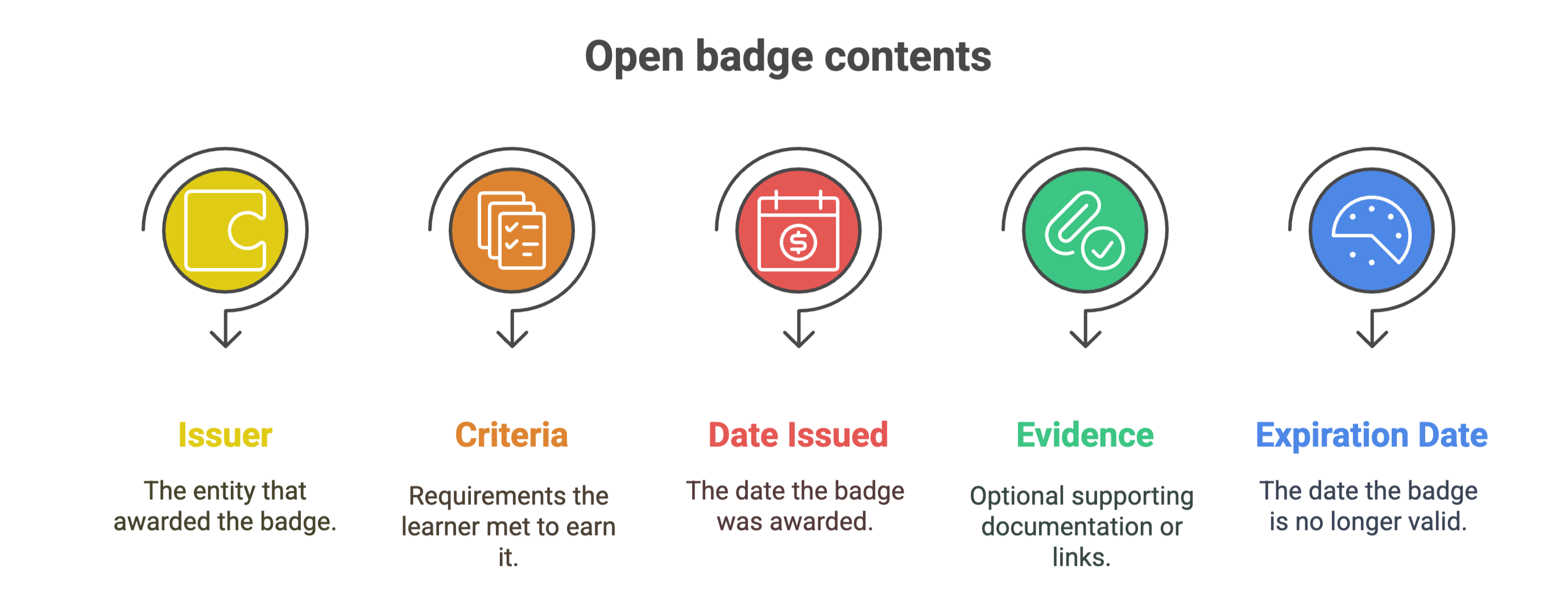
This metadata is what makes the badge verifiable. It’s not just an image—it’s a packet of information. Anyone who clicks on it can trace the who, what, and why. That builds trust.
Think of this metadata as the DNA of the badge—it contains everything necessary to understand its value. Let’s say a student earns a badge in “Community Leadership.” The badge may link to a video presentation, a reflection essay, or even feedback from faculty. These pieces of evidence make the badge more than symbolic; they make it meaningful.
What’s also important is that this metadata is structured using open standards. That means it’s readable not just by humans but also by machines, which allows badges to be displayed on resumes, hiring platforms, student portals, and professional networks. This makes the badge more discoverable, more portable, and more useful across digital ecosystems.
The badge’s criteria section is especially crucial. It outlines exactly what the learner had to do—whether that was completing a course, passing an assessment, or demonstrating real-world skills. This transparency benefits both the badge earner and the badge viewer.
Sometimes, badges include endorsements or affiliations. For example, a sustainability badge issued by a university might be co-branded with an environmental nonprofit. This external validation further boosts credibility.
Ultimately, the anatomy of a badge is what distinguishes it from a simple image or certificate. It carries with it a traceable, trustworthy digital story that anyone can view and understand. The more clearly structured and informative the metadata, the more valuable the badge becomes for both personal branding and professional use.
How Do You Earn One?
Digital open badges can be earned in all sorts of ways:
- Completing a course or module
- Demonstrating a skill through a project
- Participating in an extracurricular program
Instructors, departments, or even campus organizations can award badges. Often, they’re integrated into Learning Management Systems (LMS) like Canvas, Blackboard, or Moodle.
Sometimes, badges are awarded automatically when requirements are met. Other times, they require instructor approval or portfolio submission. Either way, they create a record of progress that’s easier to share than a one-line bullet on a resume.
Badges may be awarded for academic achievements like mastering a research skill or completing a digital literacy program. But they also extend to soft skills: leadership, collaboration, creativity, or resilience. Many universities even use badges to recognize student contributions outside the classroom—think tutoring peers, organizing events, or volunteering in community projects.
Some badge programs follow a tiered model. For instance, students may first earn a “beginner” badge for attending a workshop, then a “proficient” badge for applying the skill in a real project, and finally an “expert” badge for mentoring others. This kind of structure helps build a clear, stackable learning journey.
The process of earning a badge isn’t always passive. It often involves submitting reflections, artifacts, or evidence of learning. In fact, many programs require students to upload proof—like a video presentation, slide deck, or paper—to show their skill in action. This increases engagement and provides a richer story behind the badge.
Universities can also collaborate with employers or external partners to co-create badge criteria. A career services office might issue a “Job-Ready” badge co-signed by a corporate partner, aligning classroom learning with real-world expectations.
Bottom line? Badges aren’t handed out just for showing up. They’re earned through intentional effort, clear outcomes, and visible proof. And when designed well, they serve as practical stepping stones toward jobs, scholarships, or future learning goals.
Where Can You Use These Badges?
Let’s say you’ve earned a few badges. Now what?
Use them to:
- Boost your LinkedIn profile
- Add substance to your e-portfolio
- Include clickable proof in job applications
- Highlight skills during interviews
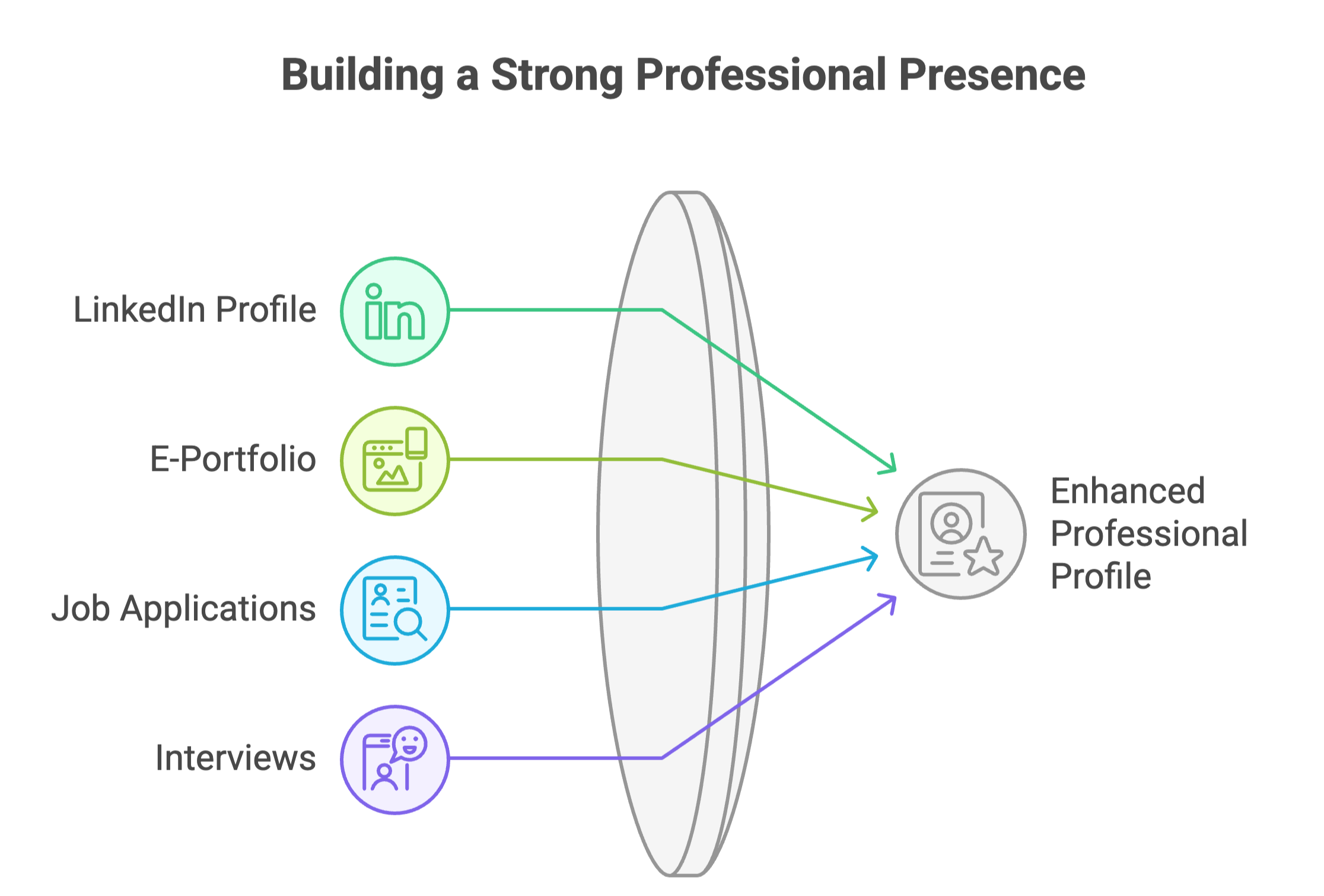
But don’t stop there. Digital open badges can also be showcased on personal websites, digital business cards, classroom dashboards, or even virtual resumes sent to recruiters. They are great conversation starters—because they don’t just sit there; they tell a story when clicked. That gives you the upper hand when competing in crowded applicant pools.
Some students add badges to their Zoom backgrounds or email footers. Others include them in scholarship applications or leadership nominations. And for graduate school applications, badges can supplement your transcript by showing additional skill areas you’ve explored independently.
A quick story: Maria, a marketing major, earned badges in data visualization and public speaking. When she applied for a remote internship, the recruiter clicked her badge links and saw her projects and evaluations. It set her apart before the interview even began. Recruiters appreciated that they didn’t need to guess—Maria’s skills were verified and visible.
That’s the beauty of badges—they’re quiet proof that speaks loudly. They don’t need flashy intros or exaggerated claims. They simply offer verified evidence, giving others confidence in your credibility, one click at a time.
Common Myths and Misunderstandings
Let’s clear a few things up:
- “They’re just digital stickers.” → Not true. They’re data-backed credentials.
- “Only tech students get them.” → Nope. They’re issued across all disciplines.
- “Employers won’t look at them.” → Many do—especially in skills-first hiring.
- “They’re too new to matter.” → They’re already recognized by top institutions and companies.
Curious about more myths that might be holding digital badges back? Here’s a deeper dive into what’s fact—and what’s fiction.
Another myth? That badges are only for academic achievements. In reality, many students earn them for soft skills, community service, or participation in extracurriculars. These so-called “non-academic” wins often carry just as much weight in hiring decisions because they demonstrate initiative, commitment, and communication.
Some assume badges are too complex to use or manage. But once integrated with platforms like LinkedIn or e-portfolios, they function like any other upload—except smarter. And for registrars or administrators, issuing badges through a platform is often quicker than managing printed certificates or manual tracking.
Don’t let assumptions hold you back. Open badges are here, and they’re making waves quietly but steadily. The sooner you start using or offering them, the more value you unlock—for learners, institutions, and employers alike.
Tiny Icons, Big Impact
A digital open badge might look simple. Just a small graphic on your screen. But behind it lies something much bigger: proof you can trust.
It shows what you know, what you did, and who says you did it. And that kind of proof can go a long way—whether you’re applying to grad school, searching for a job, or just mapping your learning journey.
So if you haven’t already, explore what badge programs your university offers. And if you’re part of a registrar’s team or an academic department—think about what achievements you could start recognizing. Small steps. Big value.
So if you haven’t already, explore what badge programs your university offers—or learn how digital badges can help you reach your educational goals.
Because in the end, those tiny digital icons might just be the clearest signal of what you’re capable of next.
Conclusion
A digital open badge might seem small—just a graphic sitting in your inbox or LinkedIn profile. But it tells a real story: what you did, when you did it, and who says it counts. That kind of visible, portable proof can make all the difference when someone’s skimming through dozens of resumes or looking for evidence beyond a transcript. And whether you’re a student or someone who supports student success, that visibility matters.
For students, these badges are a way to carry your progress with you—course to course, campus to career. For university staff, they offer a lighter, smarter way to recognize growth without stacks of paper or endless approval loops.
It’s not about replacing degrees or formal credentials; it’s about giving people credit where it’s due—right when it counts. Sometimes, it’s the smallest things that leave the biggest mark.
If you’re curious how your university could issue or manage digital badges with less stress and more structure, check out CertifyMe. It helps institutions like yours issue secure, verified badges that students can use anywhere—without losing control of the process. From onboarding to issuing, everything’s simplified.
Want to see it in action? Book a demo call and explore how digital recognition can start working for you.

 Author :
Author : 

